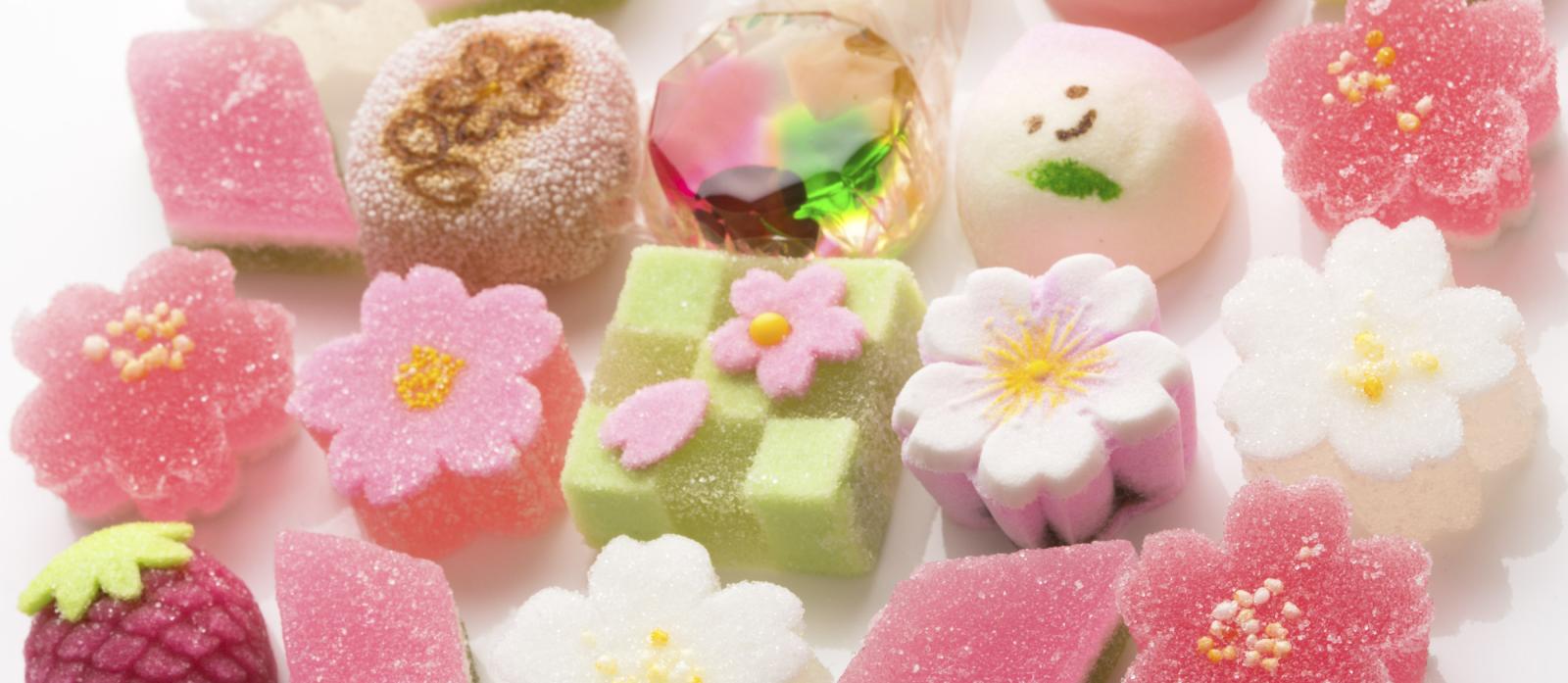The Art of Japanese Wagashi: A Symphony of Flavor and Elegance
Rosalia Mamhlakoana Moliko![]() Invalid date
4 minutes, 22 seconds
Invalid date
4 minutes, 22 seconds
2K views 3 Likes
Introduction:
Japan, a country renowned for its rich cultural heritage, meticulous craftsmanship, and exquisite cuisine, is home to a delightful world of confectionery known as Wagashi. These traditional Japanese sweets are not merely treats for the taste buds; they are edible works of art that reflect the nation's aesthetic sensibilities and seasonal nuances.
Origins and Significance:
Wagashi, which translates to "Japanese sweets," has a history spanning centuries. Initially inspired by Chinese sweets, the craft evolved uniquely in Japan, with each region contributing to its diverse array of flavors and forms. Wagashi plays a significant role in Japanese culture, often associated with traditional tea ceremonies and seasonal celebrations like Hanami (cherry blossom viewing) and the New Year.
Ingredients and Preparation:
One of the distinctive features of Wagashi is its use of high-quality, natural ingredients. Anko, a sweet red bean paste, takes center stage in many Wagashi recipes. This paste, made from azuki beans, is meticulously prepared to achieve a smooth, velvety texture. Other common ingredients include mochiko (rice flour), agar-agar (a gelatinous substance derived from seaweed), and yomogi (Japanese mugwort) for flavor and color.
The preparation of Wagashi is a labor-intensive process that demands precision and patience. Skilled artisans, known as Wagashi-shi, carefully craft each sweet, molding them into intricate shapes that reflect the season, nature, or cultural motifs.
Types of Wagashi:
Wagashi comes in various forms, each with its own unique characteristics. Some popular types include:
-
Namagashi: These are delicate, moist sweets often served during tea ceremonies. They are shaped to resemble seasonal motifs such as cherry blossoms, maple leaves, or plum blossoms.
-
Hanabira Mochi: Translating to "flower petal rice cake," this Wagashi features a thin layer of sweet rice cake wrapped around a filling, creating a petal-like appearance.
-
Yokan: A firm, jellied sweet made from red bean paste, agar-agar, and sugar. Yokan is often cut into slices and enjoyed as a dessert.
-
Dorayaki: A popular snack, dorayaki consists of two fluffy pancakes sandwiching a sweet red bean paste filling.
Seasonal Variations:
Wagashi is deeply intertwined with Japan's changing seasons. Springtime might bring Wagashi shaped like sakura (cherry blossoms) or young leaves, while autumn sees creations inspired by the vibrant hues of fall foliage. These seasonal variations not only reflect nature but also contribute to the overall aesthetic experience of enjoying Wagashi.
Modern Innovations:
While Wagashi is steeped in tradition, modern Wagashi artisans are not afraid to experiment with new flavors and designs. Some incorporate matcha (green tea) into their creations, while others draw inspiration from global culinary trends. This balance between tradition and innovation ensures that Wagashi remains relevant and appealing to a diverse audience.
Conclusion:
In the world of Japanese cuisine, Wagashi stands as a testament to the nation's commitment to artistry, seasonality, and cultural preservation. These delectable confections are not just sweets; they are edible expressions of Japan's profound connection to nature, craftsmanship, and the delicate beauty found in simplicity. As you savor the next piece of Wagashi, let it transport you to a world where each bite tells a story of tradition, creativity, and the sweet essence of Japan.
Image source: https://www.tasteatlas.com/namagashi

